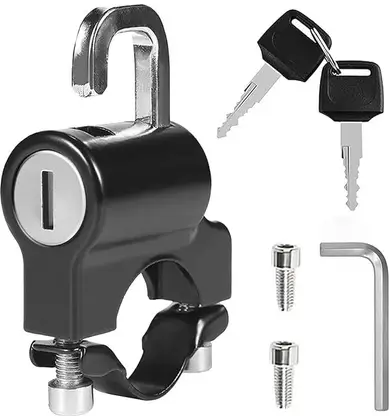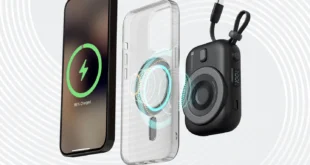For individuals managing diabetes, regular monitoring of blood glucose levels is crucial. Traditional methods often involve finger-prick tests, which can be uncomfortable over time. Recent advancements have introduced less invasive alternatives, enhancing the monitoring experience.
One notable development is the Continuous Glucose Monitor (CGM). This system employs a small sensor placed under the skin, typically on the abdomen, to measure glucose levels in the interstitial fluid. The sensor transmits data to a receiver or smartphone app, providing real-time glucose readings and trends. Some CGMs can alert users to significant fluctuations, aiding in proactive diabetes management. However, certain CGMs may still require occasional calibration using traditional finger-prick tests.
Another option is the FreeStyle Libre system. It features a sensor applied to the skin, often on the upper arm, which users scan with a reader or smartphone to obtain glucose readings. Unlike some CGMs, the FreeStyle Libre doesn’t provide continuous real-time data but allows users to check levels as needed without finger pricks.
Urine glucose testing strips offer a non-invasive alternative by detecting glucose levels in urine. While easy to use, they are less accurate than blood-based measurements and may not reflect current blood glucose levels accurately. Therefore, they are generally considered less reliable for precise diabetes management.
It’s important to note that while these innovations reduce the need for finger pricks, they may not entirely eliminate them. Users should consult healthcare professionals to determine the most suitable monitoring method based on individual health needs and device accuracy. As technology advances, the goal remains to make diabetes management as comfortable and effective as possible.






